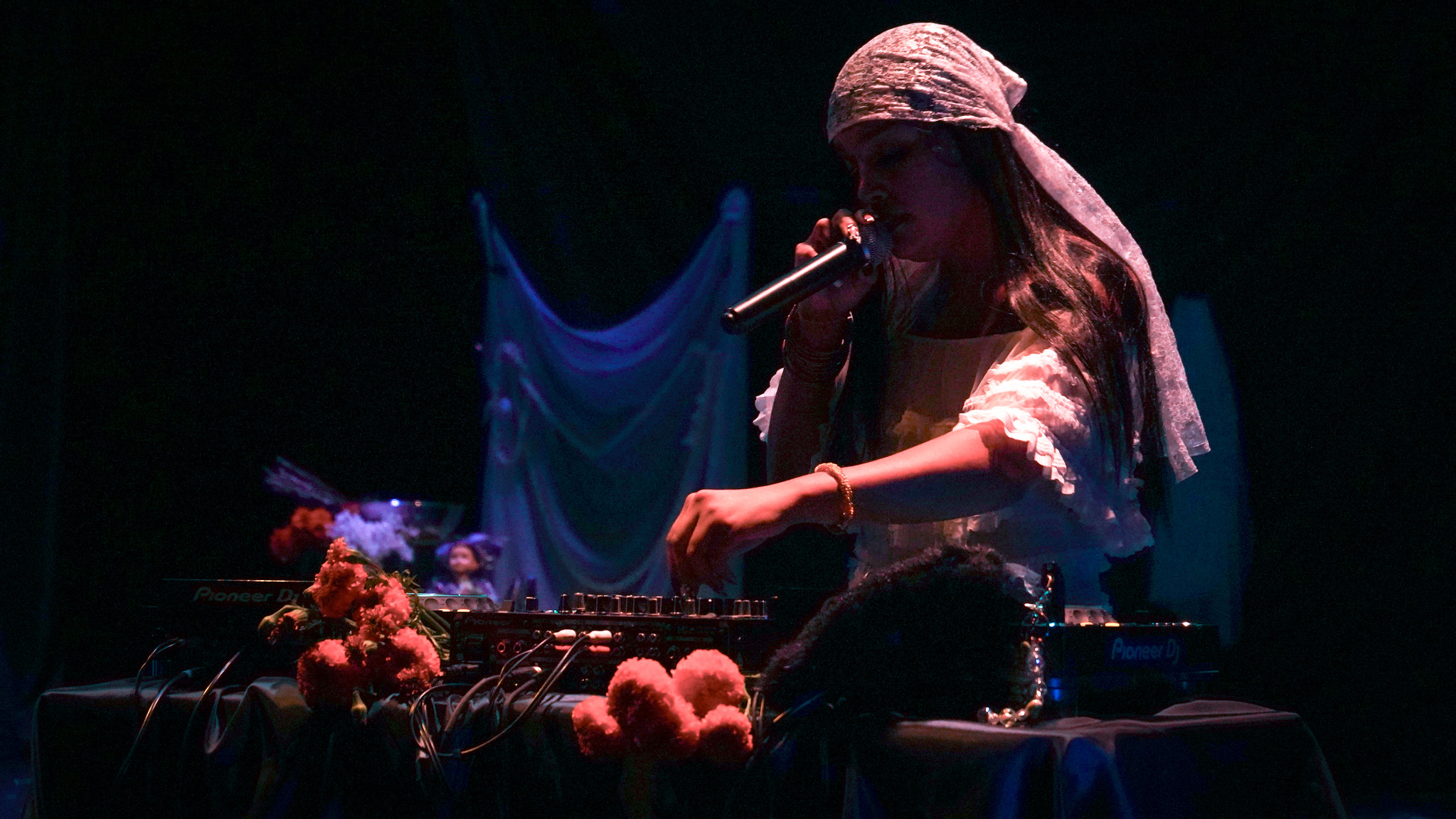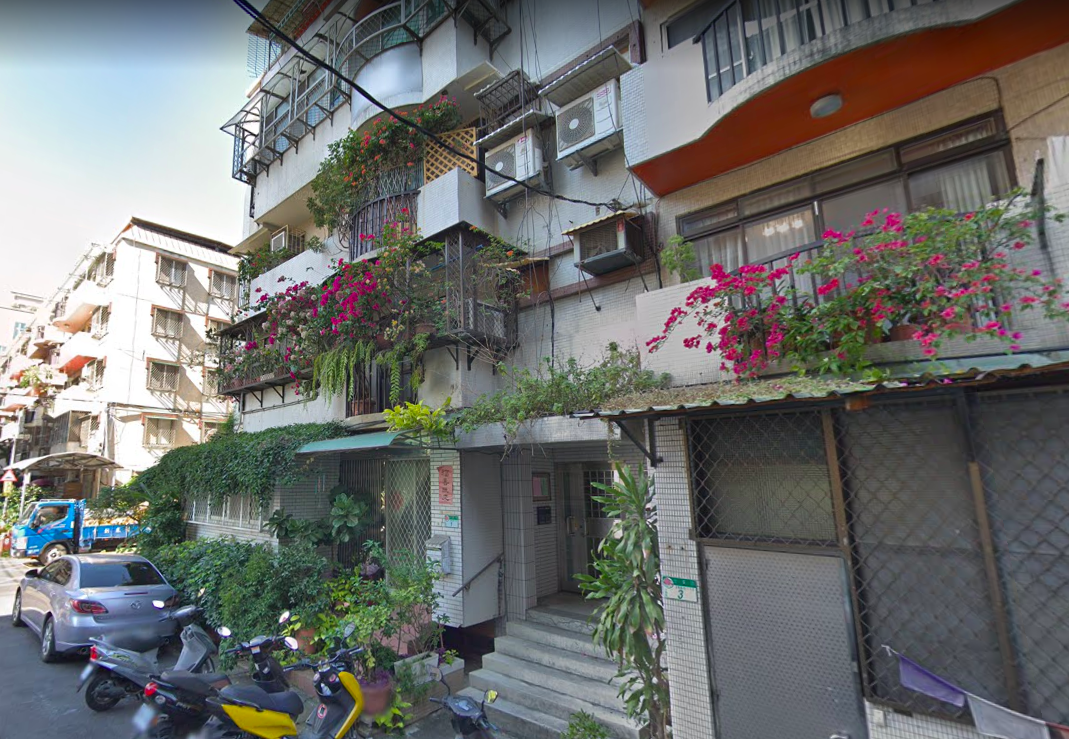Hello!
I could not be more thrilled to begin developing Pretonically Oriented v.3 at CounterPULSE via the Artist Residency Commissioning Program. The last few rounds of ARC have produced some truly remarkable works – Kegan Marling and Dandelion Dancetheater most recently, and Jesse Hewit and Laura Arrington last August. So great. Challenging, beautiful, nuance-filled works have become de rigueur for ARC, and I’m psyched to be included in this program and this effort alongside the wonderful Lenora Lee. So. Rad.
Over the next 3.5 months, FACT/SF will be building Pretonically Oriented v.3. This project is a wonderful departure for us, utilizes a brand new approach to building and organizing material, and addresses specific questions I have about individual identity formation and broader, somewhat ‘meta’, questions about rehearsal, composition, and performance. To give some insight into this complicated work, I’ve included below a past blog entry about why we’re doing what we’re doing.
I hope to energize this blog space with your observations and feedback, and I can hardly wait to see you at the shows in September!
~Charles
Artistic Director, FACT/SF
Charles Slender explains the inspiration behind Pretonically Oriented
Feb.04, 2011 //
As the choreographer and Artistic Director of our little company, I am very frequently asked what titles mean, what pieces are about, or how I came up with an idea for a new work.
We’re currently in the process of creating Pretonically Oriented. With this project, many people have asked, “What does ‘pretonically’ MEAN?” It’s a fair question, and one that we on the artistic and administrative side have been discussing for almost two years now. In writing project descriptions, grant and residency applications, and the like surrounding this project, we’ve generated a tremendous amount of text describing what Pretonically Oriented is and what it does. Oddly enough, the people who matter most, our audience, are most often the people who, even though they consistently attend our performances and generously donate to our cause, have the least access to these writings. So, my dear ones, this blog’s for you!
Pretonic is a term I was introduced to when I was studying Russian with Krista Hanson at the City College of San Francisco. It’s a linguistic term, “denoting or relating to the syllable before the one bearing the primary stress in a word.” For instance, in the name ‘Samantha’, which has three syllables, “man” is the tonic, or stressed, syllable – it’s the one we emphasize the most. ‘Sa’, then, is the pretonic syllable – the one immediately before the tonic one. My enthusiastic and brilliant professor, Krista, explained to our class that in Russian, more than in English, it’s incredibly important to know where, in every word, the tonic syllable lies. If you stress the wrong syllable, any attempt at successfully communicating is undermined. Even in English this makes sense. In the word “minute” – referring to something small – if we shift which syllable receives the stress, the word becomes “minute” – referring to 1/60th of an hour. We can see with this example that knowing which syllables to stress (i.e. knowing which syllables are the tonic ones) is important. The pretonic syllables, she explained, were unimportant and should be skipped over. This hierarchy, of tonic syllables receiving stress (and value) and the pretonic syllables remaining unstressed (less valued) spiraled off into the recesses of my mind.
I started to think about dance. When we make a new work, we present that work to an audience. The audience witnesses and experiences the performed choreography, but they remain deprived of the entire rehearsal process. What they are seeing is a final product – it’s the thing that gets written about in reviews, discussed in the lobby after the show, and about which questions are asked in post-performance discussions. That hidden and mysterious thing, the rehearsal process, is skipped over and gets no face-time. The reason this is so compelling for me is that us artists – the dancers, choreographer, etc. – usually spend significantly more time preparing and creating a work than we ever spend performing it. All of this sweat and effort is completely invisible on the night of performance. There was an immediate parallel I saw. Performances are tonic – they are heard/seen, and rehearsals are pretonic – they are ‘skipped over’ and absent from the audience’s view.
I noticed another parallel, between pretonic/tonic, rehearsal/performance, and identity formation and identity presentation. At cocktail parties, with new friends, on the street, we have countless encounters in which someone asks us, essentially, “Who/what are you?” We respond by explaining what we do for work, where we live, if we’re gay or straight or somewhere in between, if/where/when we went to college, etc. We are expected to make ~5 statements about ourselves to effectively sum up our existence. For me this might be: I’m 27. I live in Glen Park, San Francisco. I live with my boyfriend. I’m a choreographer. I received my BA in Dance & Performance Studies and English Literature from UC Berkeley. This tells you a lot – and references even more. You might be able to infer something about my socio-economic class, my political allegiances, my race or ethnicity, my cultural/generational opinions, my interest in art. What it fails to reveal, however, are the infinite experiences, decisions, and detours that led me to be able to make those five statements. The things that came before my current ‘statement of self’ are entirely absent, are skipped over and receive little value, and for all intents and purposes, remain invisible.
There are three parts to this piece…the pretonic/tonic, the rehearsed/performed, and the experienced/stated. I wanted to make a dance that would collapse and rebuild these six things -these three separate ideas that, for me, all mirrored each other. I wanted to juxtapose the things we see/hear (tonic syllables, finished pieces of choreography, statements about identity) with the things that preceded them (pretonic syllables, rehearsals, formative experiences).
I’ll be writing another blog entry about HOW we get at pretonic/tonic, rehearsed/performed, experienced/stated via the Pretonically Oriented project…how we investigate these ideas with choreography and bodies and text and video and sound…but for now, we’ll leave these ponderings at how I came to start making a series of works based on a comment my Russian professor made.
–
The take-away?
Everything you see, every experience you have, is a possible point of departure for greater questioning, cross-examining and hopefully, understanding.
Share This!
More Good Stuff
Ātl Verde: "Ātl," the Nahuatl word for water, symbolizing the river flowing through my evolution—connecting past, present, and future. This piece reflects my journey as
Unsettled/Soiled Group is a group of East, Southeast, and South Asian diasporic movers, makers, and settlers on Ramaytush and Chochenyo Ohlone land. Unsettled/Soiled Group is led by June Yuen Ting, one of CounterPulse's 2022 ARC Performing Diaspora artists and will debut Dwelling for Unsettling alongside VERA!'s Try, Hye!, Thursday through Saturday, December 8-10 & 15-17, 2022
VERA! (they/them) is a queer Armenian American drag king, dancer, and community activist. They are one of CounterPulse's 2022 ARC Performing Diaspora artists and will debut Try, Hye! alongside Unsettled/Soiled Group's Dwelling for Unsettling, Thursday through Saturday, December 8-10 & 15-17, 2022



